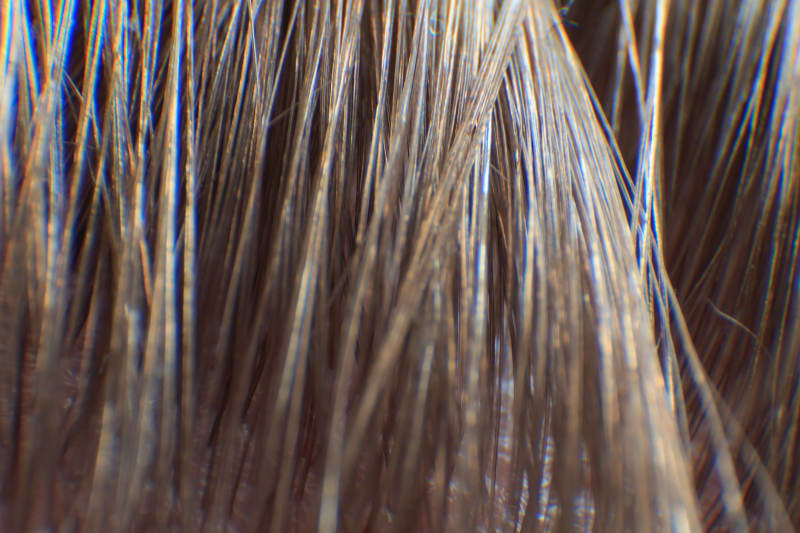How Long Do FUE Hair Transplants Last?

If hair loss is shaking your confidence and making you feel stuck, it’s totally normal to be curious about what type of solutions are out there.
Even if you’ve tried it all—minoxidil, finasteride, thickening shampoo, you name it— and you’re enjoying the results, we’re willing to bet you’ve been eyeing a more permanent regrowth solution: hair transplants.
We’re here to tell you that one of these procedures, the follicular unit excision AKA follicular unit extraction (FUE), is a permanent, natural-looking solution to lasting hair restoration.
The FUE hair transplant is a cutting-edge technique involving the removal of hair follicles from one part of your scalp and moving them to the parts where thinning is most prominent on your head. Essentially, the parts of your head with more growth are giving a helping strand (pun definitely intended) to the areas that need it most.
Let’s discuss the kind of outcome you can achieve from a FUE hair transplant and what you can expect after the procedure.
Is a FUE hair transplant permanent?
You may be wondering if a FUE hair transplant is a lifelong solution to hair loss. The truth is: it’s certainly your best bet! That’s because FUE hair transplants work by moving DHT-resistant hair follicles (typically from the back and sides of your hair) to areas where you need them most.
Think about it: how common is it to see folks who’ve gone bald but still have a rim of hair around the back and sides of their head? That’s because those hair follicles are DHT-resistant! After the procedure, you’ll have DHT-resistant hair follicles—meaning stronger, fuller hair exactly where you want them.
If you’re nervous about the transplanted hairs potentially falling out and want to maximize the outcome from your FUE hair transplant, you’re encouraged to build a hair care regimen that can work in tandem with the FUE transplant.
Recovery and hair growth after a FUE hair transplant
If the word “transplant” still has you hesitant, let us calm your nerves. Most folks who undergo this procedure find that their hair transplant recovery is far easier than they expected. That’s right! This state of-the-art hair restoration procedure looks nothing like the dreaded hair plugs of the 80s.
You may be sore for the first day, but by the second, you’ll likely be returning to your normal activities. About three weeks after your FUE procedure, your newly transplanted hair will fall out. But don’t worry! This is absolutely a normal part of the process.
There are rare instances where the transplanted hairs may not fall out until the new growth begins to come in. The wait is well worth it, as fallout is the first sign of hair regrowth happening as a result of the treatment. And from what some patients tell us, having an FUE hair transplant is one of the best decisions they ever made. You will begin to see new hair growth within six to nine months — although, it typically takes up to one year for most patients to enjoy the full results.
Image source: Adobe Stock
The information provided in this article is not a substitute for professional medical advice, diagnosis, or treatment. You should not rely upon the content provided in this article for specific medical advice. If you have any questions or concerns, please talk to your doctor.